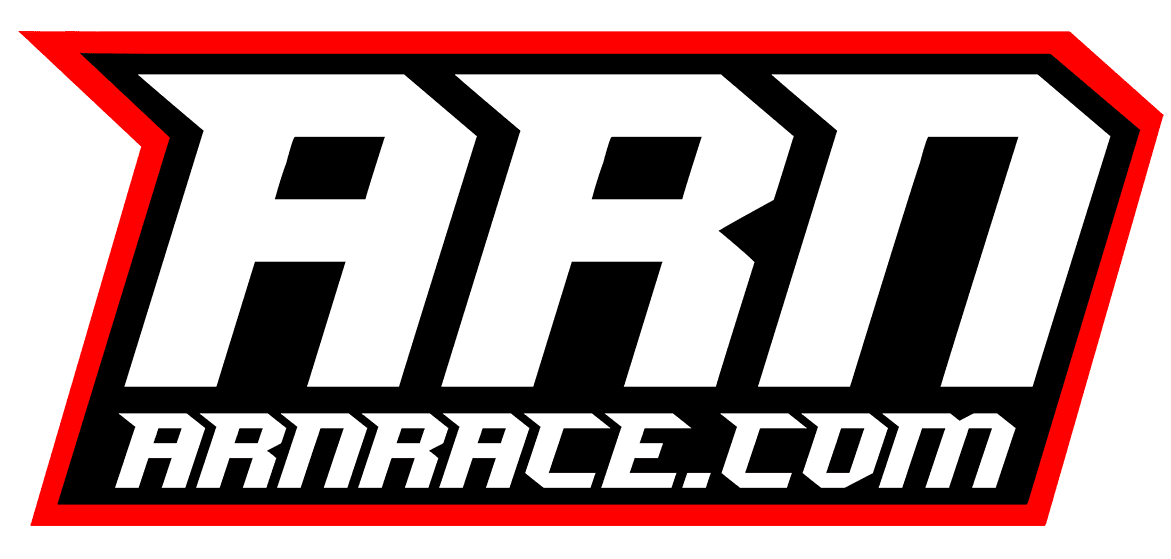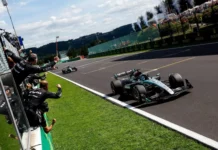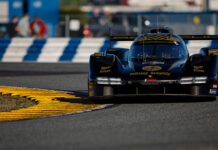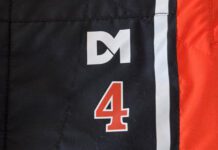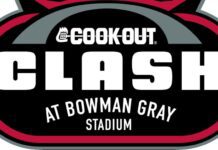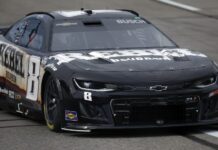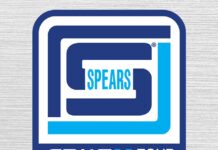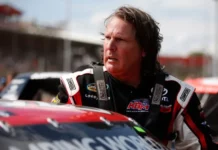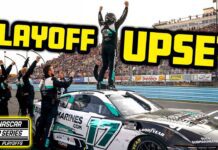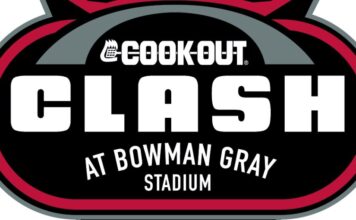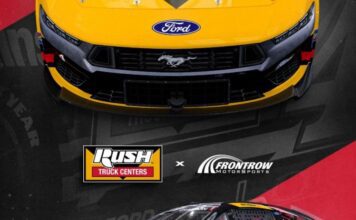NASCAR continues to look at employing an aero package next year in the Cup Series similar to what Xfinity teams ran Monday at Indianapolis Motor Speedway.
Steve O’Donnell, chief racing development officer for NASCAR, made the comment Tuesday on “The Morning Drive” on SiriusXM NASCAR Radio.
Monday’s race at Indy was the third and final time this season that the Xfinity Series used a package intended to limit the separation of cars during a race. Such a package debuted last year at Indianapolis. The package was used this year at Pocono, Michigan and Indy in the Xfinity Series.
A similar package that included a restrictor plate was used for the first time in the Cup Series in May’s All-Star Race. After support from fans and some car owners, NASCAR considered using the package at other races this season before deciding against it.
A universal complaint Cup drivers had after the All-Star Race was about the limited throttle response and horsepower.
“I think one of the things that we’ve looked at on the Cup side is putting more power into the cars around that package, which will give drivers a little bit more opportunity to get on and off the throttle,” O’Donnell said. “That’s something we continue to look at and are discussing with the industry to where we go next year in the Monster Energy Series.”
O’Donnell explained on Sirius the purpose of using such an aero package in Cup.
“There’s a lot of talk, I see it out there, even from some in the media of we’re just trying to create pack racing everywhere,” he said. “That could not be further from the truth. The key for us is to always having on the intermediate tracks the best car out there and the best driver still be able to win the race and one of the big positives that we’ve seen when we’ve run this package, that has happened. That’s key. You haven’t seen four-wide every single lap. You’ve seen cars closer together and the ability to pass and that’s what we’re looking at.”
“The key is when you drop the green flag, yes it’s racing and the best car wins, but should there be a seven-second lead within three of four laps and can you make it to where the best car and maybe the best five cars are up there exchanging more opportunities to pass for the lead?
“It’s not trying to manufacture anything other than more lead changes, bringing cars closer together. Ultimately what NASCAR is about is still the best car and driver winning the race and that’s going to be the foundation of what we put out there.”
